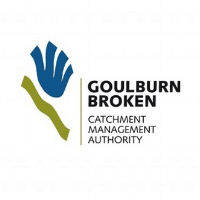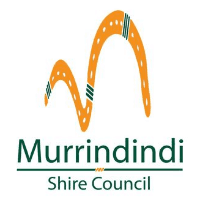HEALTHY BILLABONGS ARE A PROPERTY ASSET by John Kennedy

The large billabong on Ken and Di Foletta’s Alexandra property was once dubbed the “blackbong” due to its poor condition. It is now restored as a major bird habitat, as well as an important visual aspect of their Whanregarwen Road property (photo: Ken Folletta).

The Goulburn River is an ancient landform.
In consequence its path has changed many times creating an enormous collection of billabongs.
You only have to look at a Google map of a typical section between say Molesworth and Alexandra to recognise the significant number of billabongs created as the river has changed its course over the centuries.
In fact when the book on the history of Molesworth was produced some years ago the name Whanregarwen was interpreted to mean a place of billabongs.
Members of the Yea River Catchment Landcare group were recently afforded the opportunity to see how creative management of river billabongs can be incorporated within a whole farm development plan.
The group visited the 54 ha, or 140 acre river frontage property of Ken and Di Foletta on Whanregarwen Road on a “farm walk”.
The Foletta’s acquired the property in 2002 as a run-down holding complete with an old house, sheds and poor fencing.
They have sought information and ideas from numerous sources to create a holding, which is now highly productive, able to be run easily as a cattle property and to protect the billabongs and to encourage revegetation.
As Ken explained, they also wanted their property to be an enjoyable place to live (for themselves and their cattle!) with an attractive outlook and presentation.
Several years ago they built their striking new house, which overlooks the largest billabong on the property.
When they began, the billabong (which they dubbed ‘blackbong’) had effectively dried up, largely as a result of the long drought.
It was also full of debris, many weeds and had no value as a bird habitat, let alone as a prominent feature of the property.
As an interim measure they employed a contractor with an excavator to deepen a modest area, which did result in some water being held.
The billabong was later to fill completely when the drought broke and the Goulburn was in high flow.
The property’s Goulburn River bank frontage had also been significantly damaged by cattle; there were widespread areas of willows and hawthorns, while the other billabongs on the property were also in poor condition.
With assistance from the Goulburn Broken Catchment Management Authority* a whole-farm approach was devised.
This included fencing off the Goulburn River frontage, removing the willows and hawthorns by a chemical and mechanical approach and creating a new internal fencing system to facilitate stock handling and movement.
Also a stock-watering reticulation system was installed, drawing its source from the river, and the many billabongs were fenced off to protect them and to encourage revegetation of their surrounds.
Extensive planting was also done, using both native and introduced tree varieties to create bird habitat and to enhance the overall presentation of the property.
The main billabong closest to their house is now a sparkling asset as it quickly filled after the drought ended.
When it was dry, a number of tree trunks and branches were positioned within and these provided a great opportunity for the birds to return.
Ken says he has identified more than fifteen bird varieties, which either make the billabong their permanent or a transitional home on their migratory flights.
Visitors on the Yea River Catchment Landcare Group’s farm walk were also able to watch a large sea eagle as it cruised above the property.
This was the first one that Ken has logged on his several year-long recordkeeping of the bird varieties that now visit the property.
As a key land form of the local area the Goulburn River billabongs are a resource that can be easily conserved and managed as a key part of a whole farm or property development plan.
What Ken and Di Foletta have achieved is a tribute to their energy, conservation values and their desire to make a productive use of their property and its unique features.
*The Goulburn Broken River Catchment Management Authority is able to offer advice, design ideas and in some instances limited financial support for approved works. Landowners should consult their local Catchment Authority office for further information.




